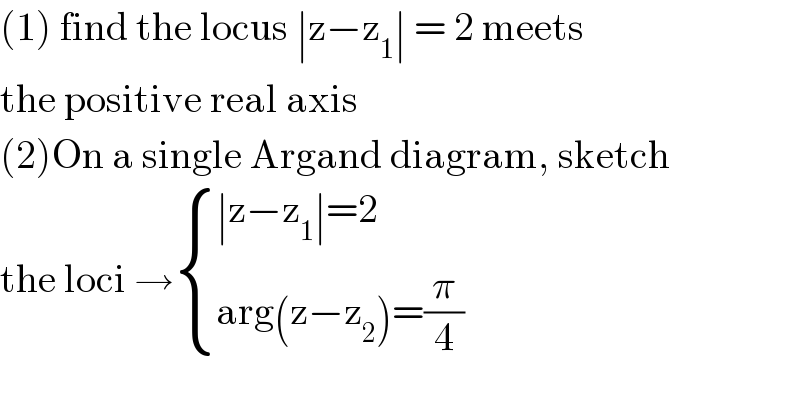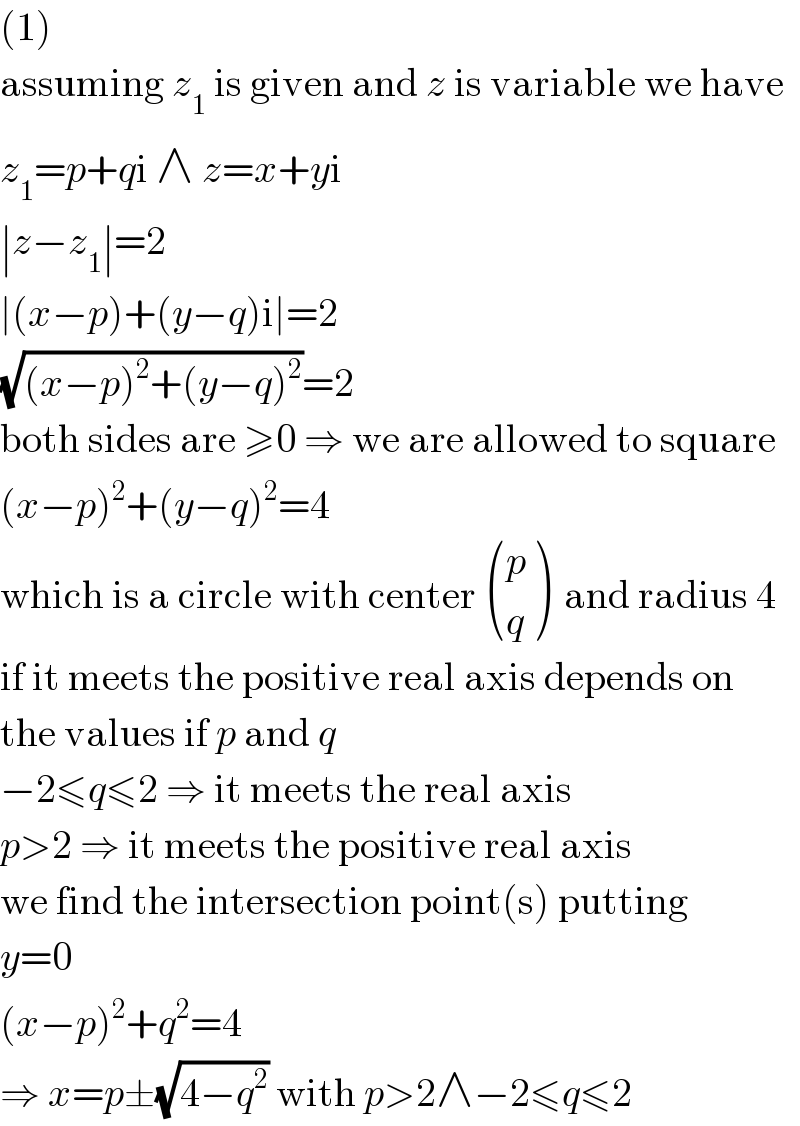
Question and Answers Forum
Question Number 112454 by bemath last updated on 08/Sep/20

Commented by MJS_new last updated on 08/Sep/20

Answered by MJS_new last updated on 08/Sep/20

Commented by bemath last updated on 08/Sep/20

| ||
Question and Answers Forum | ||
Question Number 112454 by bemath last updated on 08/Sep/20 | ||
 | ||
Commented by MJS_new last updated on 08/Sep/20 | ||
 | ||
Answered by MJS_new last updated on 08/Sep/20 | ||
 | ||
| ||
Commented by bemath last updated on 08/Sep/20 | ||
 | ||